Kochi's Cultural Mosaic Adventure
Embark on a captivating journey through Kochi's rich heritage and vibrant neighborhoods. Join our free walking tour for an immersive experience!
Time
3 Hours
Stops
9 Places
Distance
5.1 km
Fort Kochi Beach
Start your tour with a refreshing walk along Fort Kochi Beach, where the Arabian Sea meets this historic neighborhood, offering a glimpse into the maritime history of Kochi.
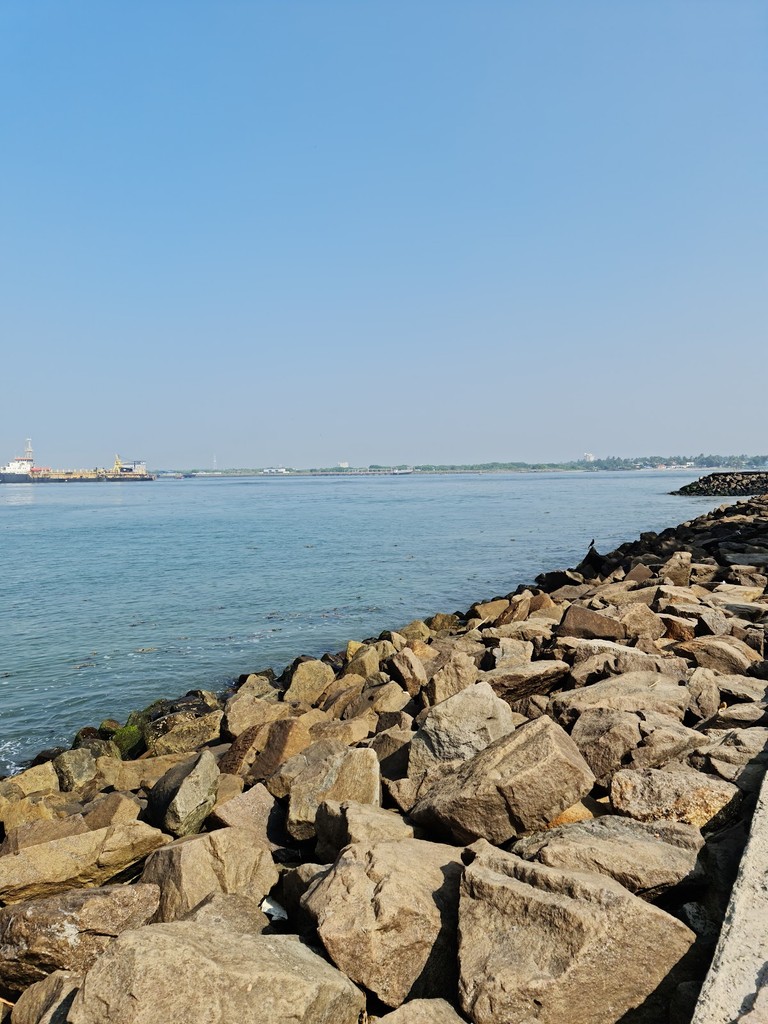
Fort Kochi Beach (Source: Google Maps)
Fort Kochi Beach is a picturesque stretch where the Arabian Sea meets the land, offering a unique blend of nature and history. This beach is not just a scenic spot; it is a historical landmark that reflects the maritime heritage of Kochi. The beach is lined with colonial-era buildings and remnants of its colonial past, including the famous Chinese fishing nets that dot the shoreline. These nets, believed to have been introduced by Chinese traders in the 14th century, are a testament to Kochi's multicultural influences. Visitors can enjoy stunning sunsets, local street food, and the vibrant atmosphere of this historic neighborhood.
Dutch Cemetery
Explore the oldest European cemetery in India, reflecting the early Dutch presence in Kochi.
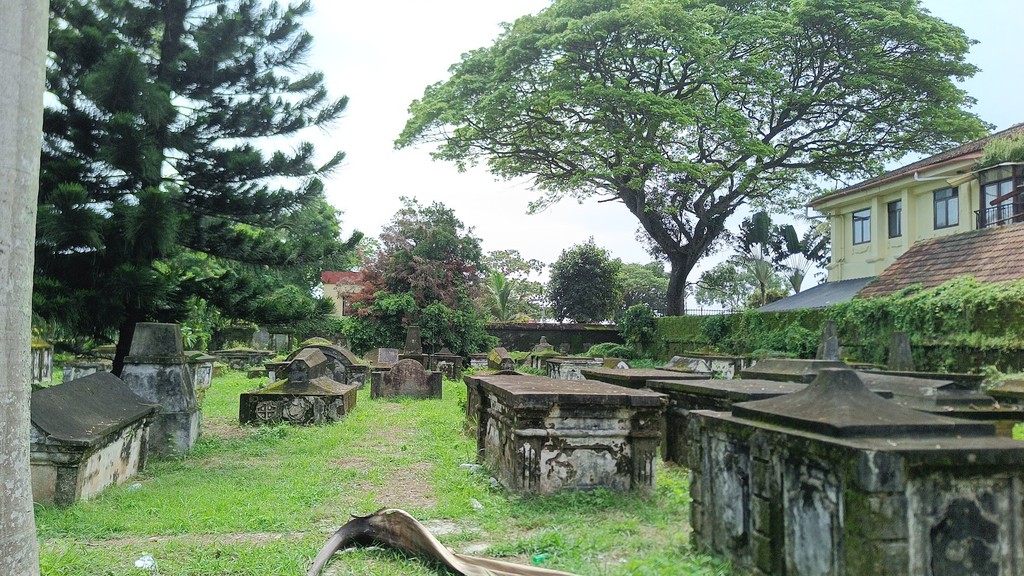
Dutch Cemetery (Source: Google Maps)
The Dutch Cemetery in Kochi is the oldest European cemetery in India, established in the 18th century. It serves as a poignant reminder of the early Dutch presence in the region. The cemetery contains beautifully crafted tombstones and monuments that illustrate the history of European colonialism in India. Many of the graves are adorned with intricate carvings and inscriptions in Dutch, highlighting the rich cultural exchanges that took place in Kochi. As you walk through this serene site, you can reflect on the lives of those who once inhabited this vibrant city and their contributions to its diverse heritage.
Indo-Portuguese Museum
A short walk from the basilica, this museum offers insights into the Portuguese influence on the art and culture of Kochi.
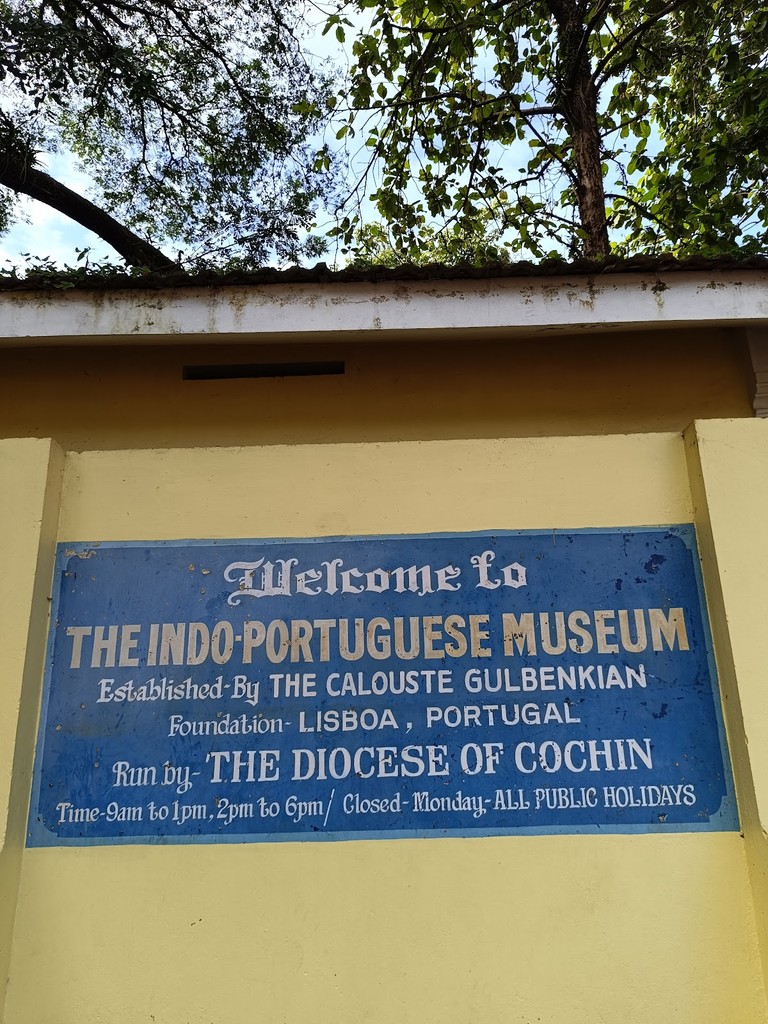
Indo-Portuguese Museum (Source: Google Maps)
The Indo-Portuguese Museum is a treasure trove for those interested in the historical ties between India and Portugal. Housed in a former palace, the museum showcases an array of artifacts that highlight the Portuguese influence on the art, culture, and architecture of Kochi. Visitors can explore exhibits featuring antique furniture, religious art, and ceremonial objects that reflect the syncretic culture that emerged from centuries of trade and interaction. The museum not only provides insights into the colonial history of Kochi but also emphasizes the lasting impact of Portuguese legacy in the region's cultural fabric.
St. Francis Church
Visit the oldest European church in India, where Vasco da Gama was once buried, showcasing the colonial history of Kochi.
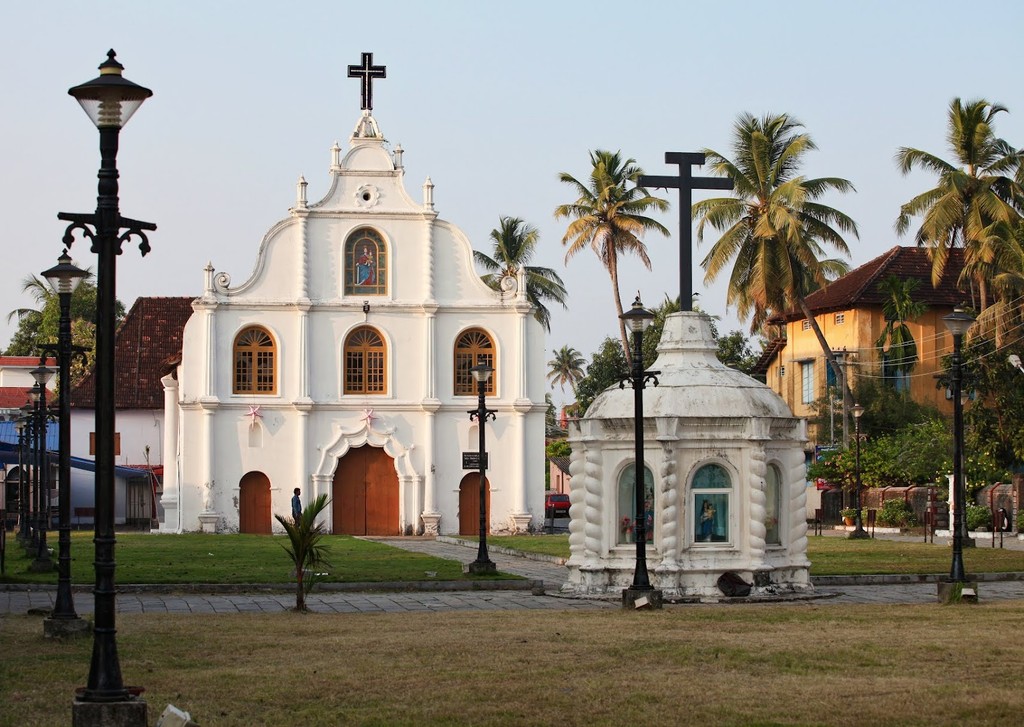
St. Francis Church (Source: Google Maps)
St. Francis Church is renowned for being the oldest European church in India, with its origins dating back to the early 16th century. It holds significant historical value as Vasco da Gama, the famous Portuguese explorer, was initially buried here. The church's architecture is a mix of Gothic and traditional Indian styles, showcasing the cultural amalgamation that characterizes Kochi. Inside, visitors can admire the simple yet elegant interiors, which include beautiful wooden beams and an altar adorned with intricate carvings. The church remains an active place of worship and a popular site for tourists interested in the colonial history of the region.
Chinese Fishing Nets
Just a short walk from the beach, these iconic fishing nets are a symbol of Kochi's multicultural past, introduced by Chinese traders in the 14th century.
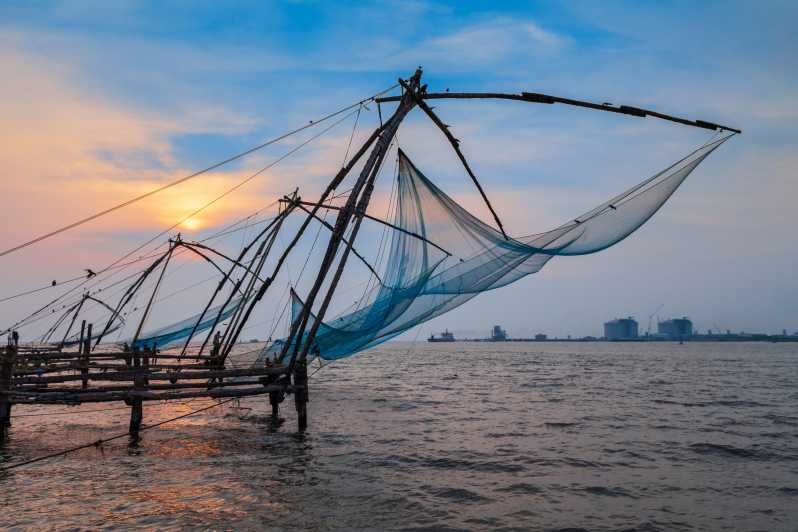
Chinese Fishing Nets (Source: Google Maps)
The iconic Chinese fishing nets of Kochi are a remarkable sight that symbolizes the city’s rich maritime history. These large, cantilevered fishing nets were introduced by Chinese traders in the 14th century and are unique to the region. The nets operate on a simple yet effective mechanism, allowing fishermen to catch fish with ease during high tide. Observing the local fishermen at work provides a glimpse into the traditional fishing practices that have been passed down through generations. The nets have become a popular tourist attraction, and the surrounding area is lively with local vendors selling fresh seafood and handicrafts.
Santa Cruz Cathedral Basilica
This beautiful basilica, with its impressive architecture and vibrant frescoes, stands as a testament to the artistic and spiritual heritage of Kochi.
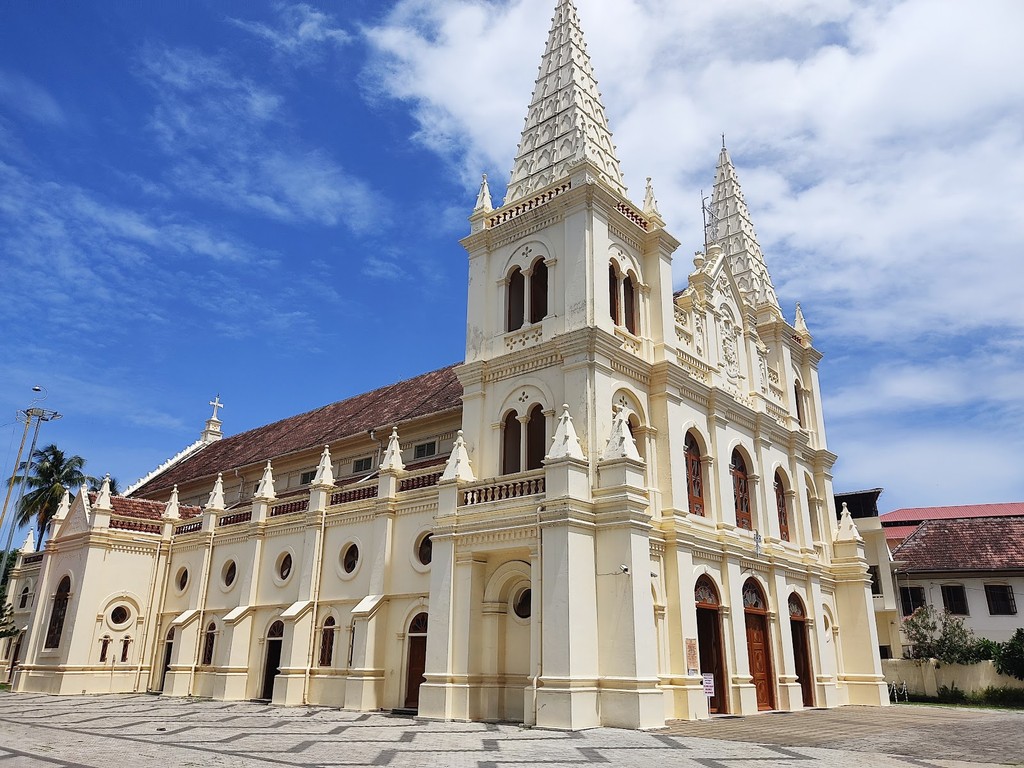
Santa Cruz Cathedral Basilica (Source: Google Maps)
Santa Cruz Cathedral Basilica is a stunning example of Indo-Gothic architecture, characterized by its vibrant frescoes and intricate design. Originally built in 1505, it has undergone several renovations, with the current structure completed in the 19th century. The basilica is a significant religious site, reflecting the spiritual heritage of Kochi. Inside, visitors can marvel at the beautifully painted ceilings and the ornate altar that showcases the artistic skills of the local craftsmen. The cathedral is not only a place of worship but also a historical monument that attracts visitors eager to learn about the religious and cultural history of the region.
Mattancherry Palace (Dutch Palace)
Head towards the Mattancherry Palace, renowned for its Kerala murals depicting Hindu temple art and portraits of the Rajas of Kochi.
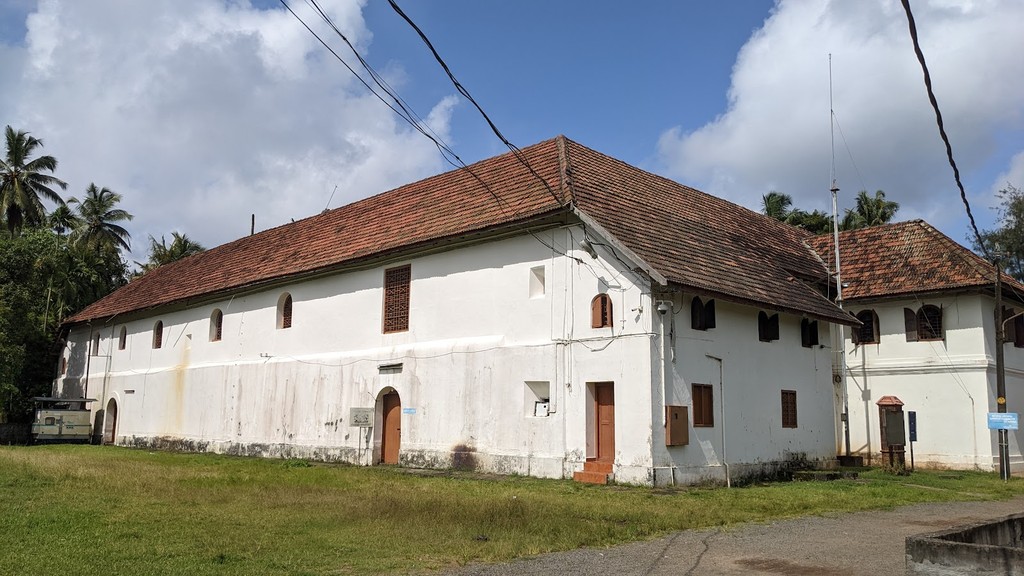
Mattancherry Palace (Dutch Palace) (Source: Google Maps)
Mattancherry Palace, also known as the Dutch Palace, is a remarkable structure that showcases the architectural grandeur of Kerala. Originally built by the Portuguese in the mid-16th century and later renovated by the Dutch, the palace features stunning Kerala murals that depict Hindu temple art and the royal lineage of Kochi. The interiors are adorned with antique furniture and artifacts, providing a glimpse into the life of the Rajas of Kochi. The palace serves as a museum today, displaying a collection of royal memorabilia and offering insights into the region's history and culture. It stands as a testament to the artistic and architectural influences that have shaped Kochi over the centuries.
Paradesi Synagogue
Located in the Jew Town area, this historic synagogue is the oldest active synagogue in the Commonwealth of Nations, highlighting the Jewish community's presence in Kochi.
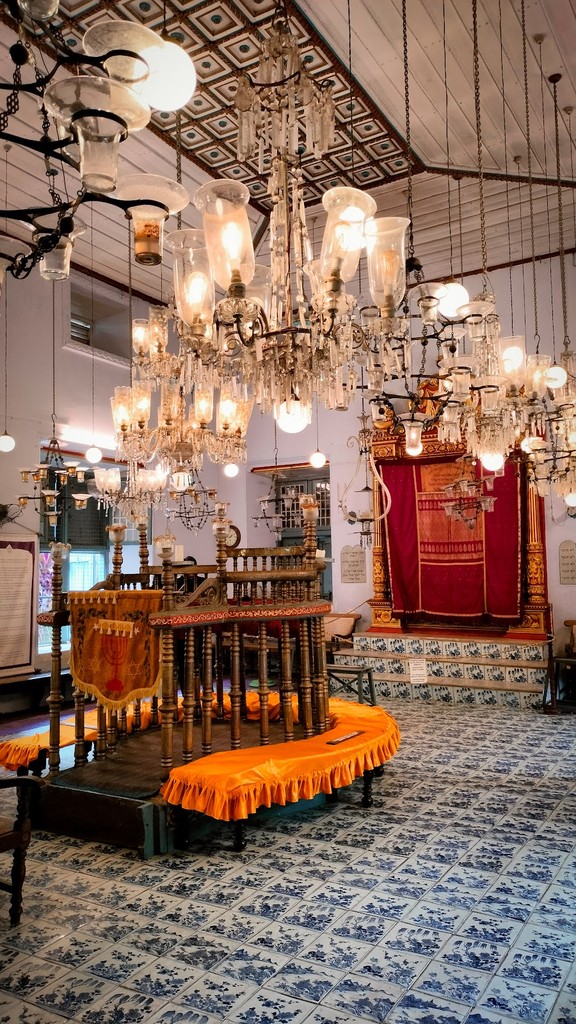
Paradesi Synagogue (Source: Google Maps)
The Paradesi Synagogue, located in the historic Jew Town of Kochi, is the oldest active synagogue in the Commonwealth of Nations. Established in 1568, it is a significant symbol of the Jewish community's presence in India. The synagogue features beautiful hand-painted blue-and-white tiles, known as 'Kashi tiles,' which were imported from China. Inside, the ornate wooden bimah (pulpit) and the stunning chandeliers add to the synagogue's charm. The Paradesi Synagogue stands as a testament to the rich history of Jewish culture in Kochi, where the community thrived for centuries, contributing to the city’s diverse heritage.
Jew Town
Conclude your tour with a stroll through Jew Town, known for its antique shops and spice markets, encapsulating the trade history of Kochi.
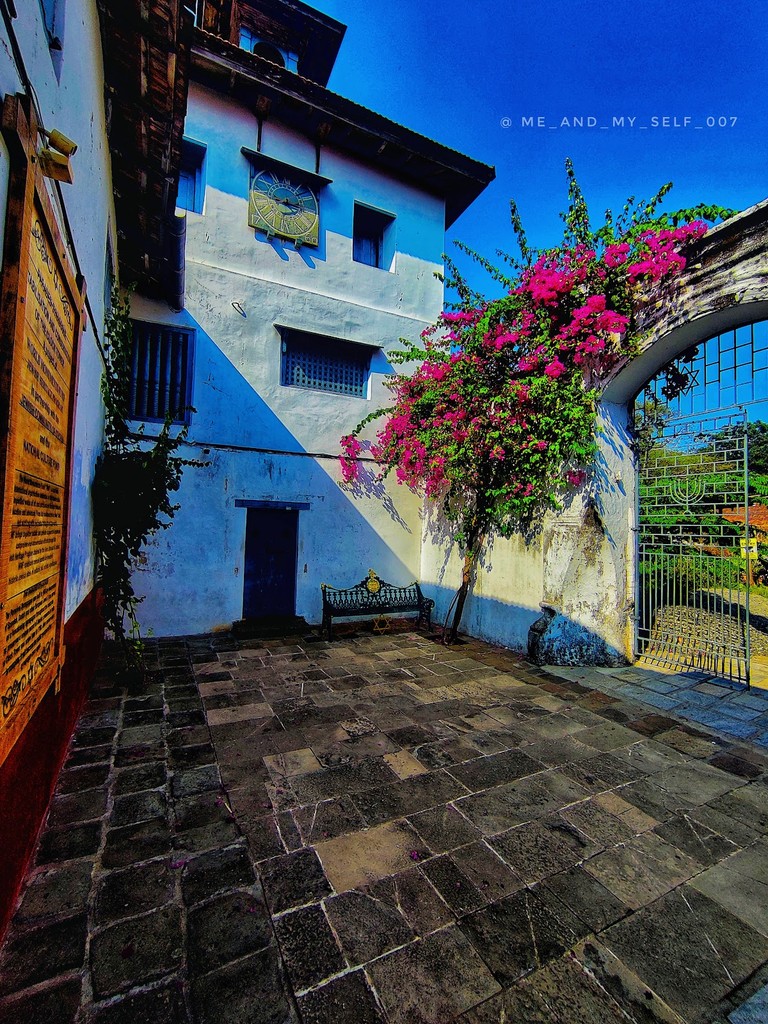
Jew Town (Source: Google Maps)
Jew Town is a vibrant area in Kochi that encapsulates the city’s rich trade history. Known for its antique shops, spice markets, and cultural diversity, it has been a melting pot of various communities for centuries. The streets are lined with charming shops selling antiques, handcrafted items, and aromatic spices, reflecting the bustling trade that once flourished here. As you stroll through Jew Town, you can appreciate the blend of cultures that have influenced its development, from the Jewish community to the local Keralites. This area also features historical landmarks, including the Paradesi Synagogue, making it a perfect conclusion to your tour, rich in history and cultural significance.

Your travels, your rules.
Create your own Free Walking Tours.
Set your preferences, distances and anything you want to do or see.
Completely free, no payment required.